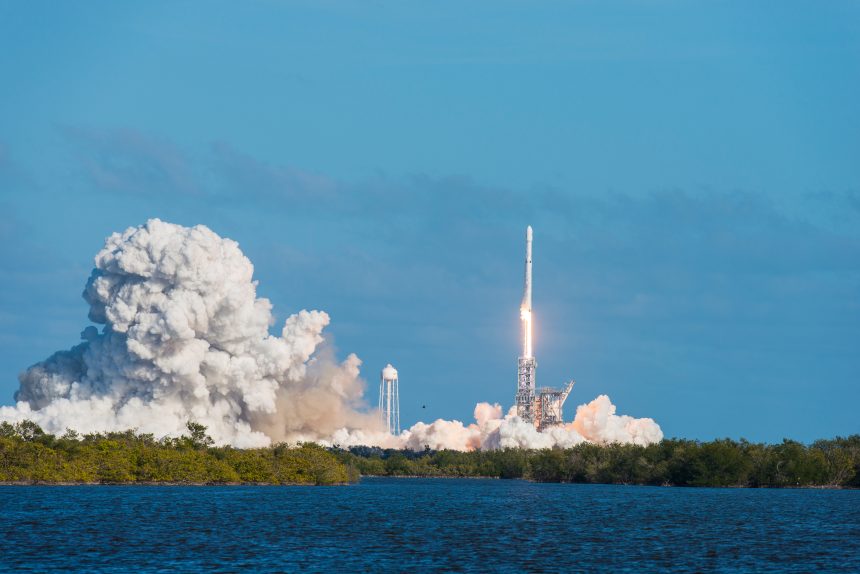SpaceX reached a major milestone in the development of its ambitious Starship rocket on March 14, 2024, when the spacecraft successfully entered Earth’s orbit for the first time. However, the spacecraft was ultimately lost during its fiery reentry to the atmosphere, highlighting the significant challenges remaining in making Starship fully reusable.
Flight Timeline
- Liftoff: The Starship vehicle, powered by its massive Super Heavy booster, took off from SpaceX’s Starbase facility in Boca Chica, Texas.
- Stage Separation: The Super Heavy booster separated as planned, returning for a landing attempt in the Gulf of Mexico.
- Orbital Ascent: The Starship continued its ascent, reaching orbit approximately ninety minutes after liftoff.
- Deorbit Burn: The starship conducted a deorbit maneuver to initiate its return to Earth.
- Reentry Loss: While initial phases of reentry appeared successful, SpaceX confirmed that telemetry was lost with the vehicle shortly before its planned landing in the Indian Ocean. It is believed that the ship was unable to withstand the extreme temperatures and stresses of reentry.
The Path to a Fully Reusable System
A rapid sequence of iterations and tests is central to SpaceX’s development strategy. While the outcome is not the full success they hoped for, it provides invaluable data that will improve future Starship iterations.
Key challenges that remain:
- Thermal Protection: Reentering Earth’s atmosphere at orbital speeds generates extreme heat. Starship’s thermal protection systems remain a critical area of development.
- Controlled Landing: The starship needs to maneuver precisely through the atmosphere and perform a controlled powered landing.
- Rapid Reusability: SpaceX aims to make Starship quickly reusable, requiring swift inspection and turnaround times. This will be a significant engineering hurdle.
Big Goals, Big Challenges
The Starship is designed to be a next-generation, fully reusable spacecraft, central to Elon Musk’s vision of colonizing Mars and enabling affordable space travel. While the road ahead has its obstacles, this latest test represents a crucial step in the Starship program. Through analysis of the data and iterative improvements, SpaceX aims to perfect Starship’s reentry and landing capabilities. Ultimately, achieving this will revolutionize spaceflight as we know it.








